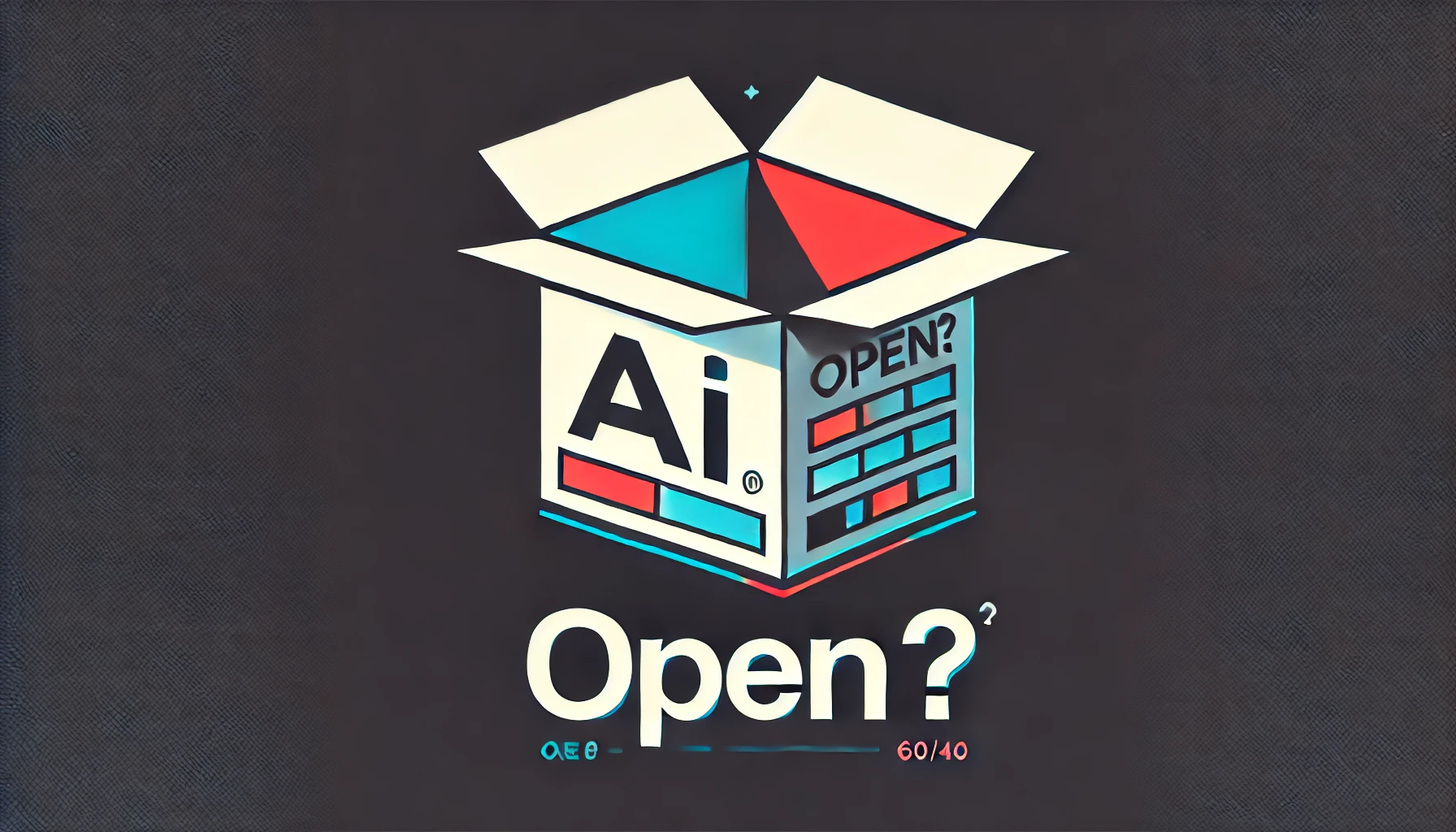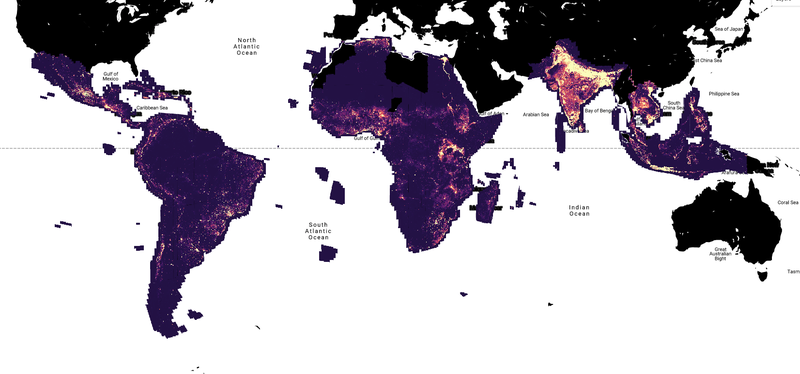Roose declined to comment when reached via email and instead pointed me to a passage from his related column, published separately from the extensive chatbot transcript, where he explicitly states that he knows the AI is not sentient. The introduction to his chatbot transcript focuses on “its secret desire to be human” as well as “thoughts about its creators,” and the comment section is strewn with readers anxious about the chatbot’s power.
Images accompanying news articles are also called into question in AI Snake Oil. Publications often use clichéd visual metaphors, like photos of robots, at the top of a story to represent artificial intelligence features. Another common trope, an illustration of an altered human brain brimming with computer circuitry used to represent the AI’s neural network, irritates the authors. “We’re not huge fans of circuit brain,” says Narayanan. “I think that metaphor is so problematic. It just comes out of this idea that intelligence is all about computation.” He suggests images of AI chips or graphics processing units should be used to visually represent reported pieces about artificial intelligence.
Education Is All You Need
The adamant admonishment of the AI hype cycle comes from the authors’ belief that large language models will actually continue to have a significant influence on society and should be discussed with more accuracy. “It’s hard to overstate the impact LLMs might have in the next few decades,” says Kapoor. Even if an AI bubble does eventually pop, I agree that aspects of generative tools will be sticky enough to stay around in some form. And the proliferation of generative AI tools, which developers are currently pushing out to the public through smartphone apps and even formatting devices around it, just heightens the necessity for better education on what AI even is and its limitations.
The first step to understanding AI better is coming to terms with the vagueness of the term, which flattens an array of tools and areas of research, like natural language processing, into a tidy, marketable package. AI Snake Oil divides artificial intelligence into two subcategories: predictive AI, which uses data to assess future outcomes; and generative AI, which crafts probable answers to prompts based on past data.
It’s worth it for anyone who encounters AI tools, willingly or not, to spend at least a little time trying to better grasp key concepts, like machine learning and neural networks, to further demystify the technology and inoculate themselves from the bombardment of AI hype.
During my time covering AI for the past two years, I’ve learned that even if readers grasp a few of the limitations of generative tools, like inaccurate outputs or biased answers, many people are still hazy about all of its weaknesses. For example, in the upcoming season of AI Unlocked, my newsletter designed to help readers experiment with AI and understand it better, we included a whole lesson dedicated to examining whether ChatGPT can be trusted to dispense medical advice based on questions submitted by readers. (And whether it will keep your prompts about that weird toenail fungus private.)
A user may approach the AI’s outputs with more skepticism when they have a better understanding of where the model’s training data came from—often the depths of the internet or Reddit threads—and it may hamper their misplaced trust in the software.
Narayanan believes so strongly in the importance of quality education that he began teaching his children about the benefits and downsides of AI at a very young age. “I think it should start from elementary school,” he says. “As a parent, but also based on my understanding of the research, my approach to this is very tech-forward.”
Generative AI may now be able to write half-decent emails and help you communicate sometimes, but only well-informed humans have the power to correct breakdowns in understanding around this technology and craft a more accurate narrative moving forward.





